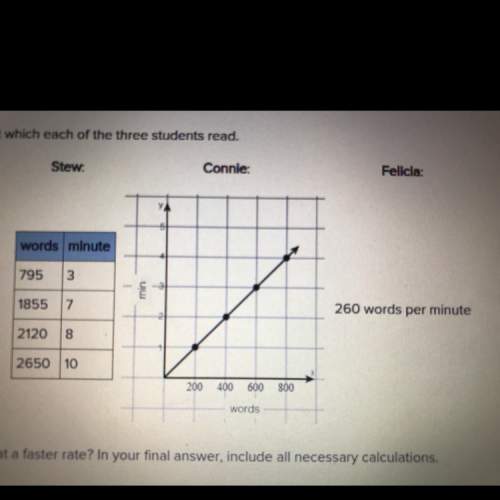
Mathematics, 27.08.2021 06:20 Angelanova69134
In 2005, it took 18.54 currency units to equal the value of 1 currency unit in 1915. In 1990, it took only 13.30 currency units to equal the value of 1 currency unit in
1915. The amount it takes to equal the value of 1 currency unit in 1915 can be estimated by the linear function V given by V(x) = 0.3584x + 13.9132, where x is the
number of years since 1990. Thus, V(11) gives the amount it took in 2001 to equal the value of 1 currency unit in 1915. Complete parts (a) and (b) below.
a) Use this function to predict the amount it will take in 2008 and in 2017 to equal the value of 1 currency unit in 1915.
In 2008, it will take currency units.
(Round to two decimal places as needed.)

Answers: 2


Other questions on the subject: Mathematics


Mathematics, 21.06.2019 20:00, dathanboyd
Cody started biking to the park traveling 15 mph, after some time the bike got a flat so cody walked the rest of the way, traveling 4 mph. if the total trip to the park took 6 hours and it was 46 miles away, how long did cody travel at each speed? solve using rate times time= distance
Answers: 1

Mathematics, 21.06.2019 20:00, jennywarmJones
15m is what percent of 60m; 3m; 30m; 1.5 km? the last one is km not m
Answers: 1
You know the right answer?
In 2005, it took 18.54 currency units to equal the value of 1 currency unit in 1915. In 1990, it too...
Questions in other subjects:

Mathematics, 09.02.2021 20:10


Mathematics, 09.02.2021 20:10

Mathematics, 09.02.2021 20:10

Spanish, 09.02.2021 20:10


Physics, 09.02.2021 20:10



Chemistry, 09.02.2021 20:10




